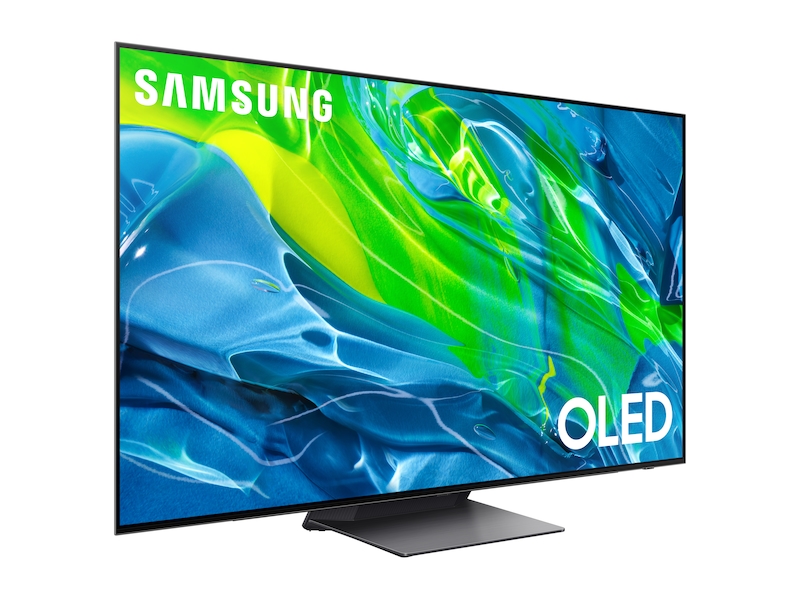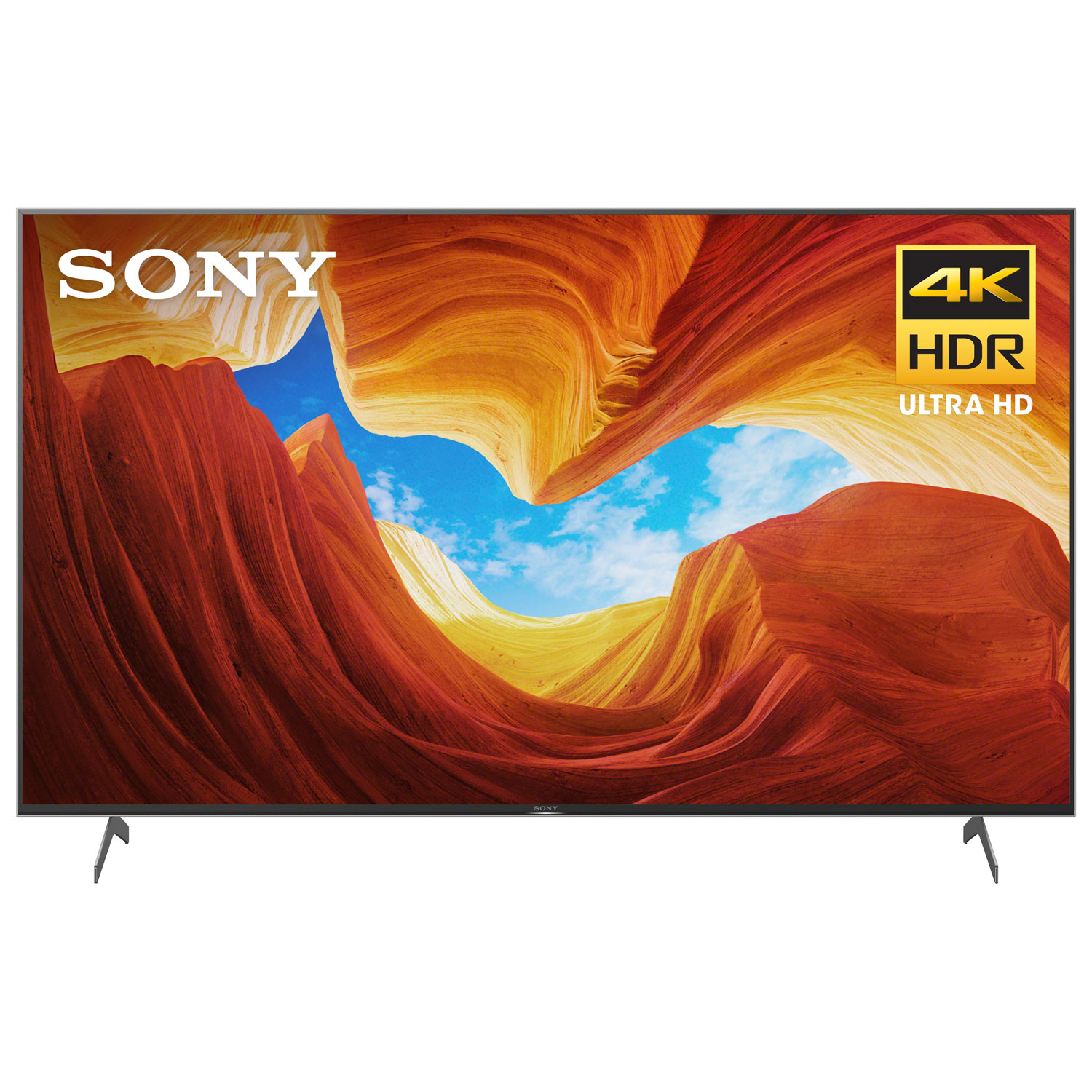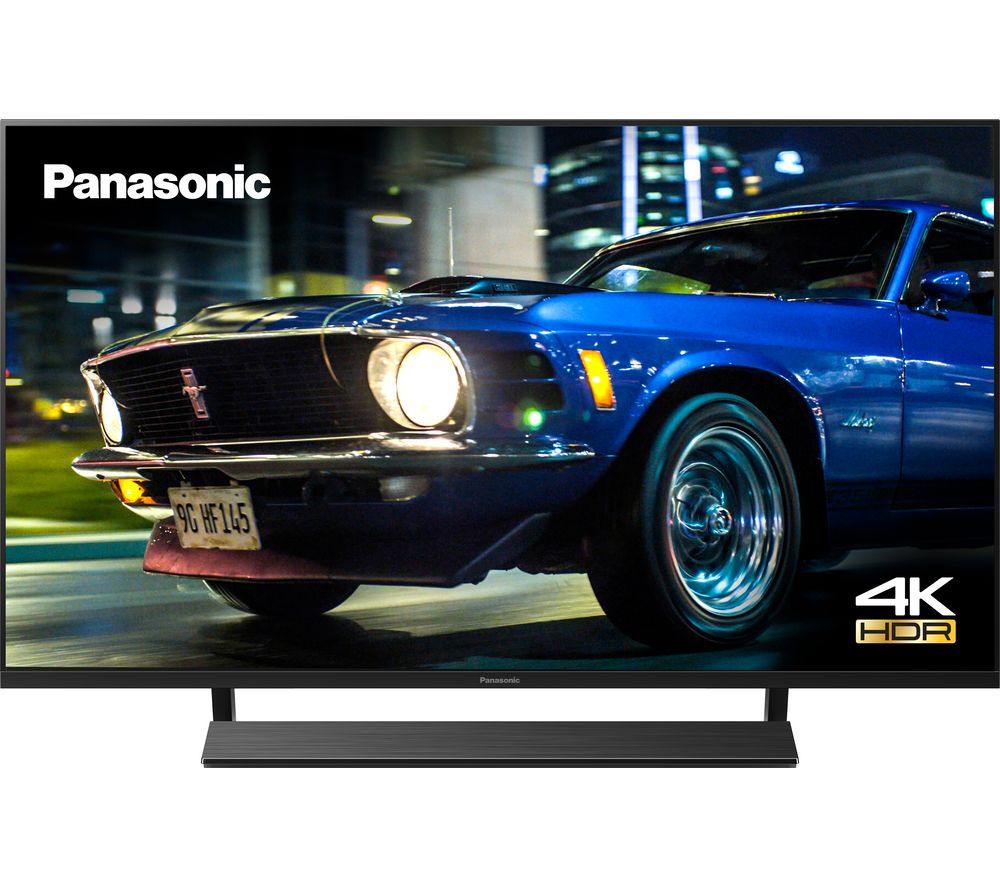Samsung 65″ Class S95B OLED 4K Smart TV (2022) TVs – QN65S95BAFXZA | Samsung US
Discover the latest features and innovations available in the 65 inches Class S95B OLED 4K Smart TV (2022). Find the perfect TVs for you!
With 8.3 million self-lit pixels & 4K AI processing, the Samsung OLED picture is so real, it’s surreal.
Samsung OLED Technology
With roughly 8.3 million specially engineered self-illuminating pixels (ultra-fast switching tiny lights), contrast is virtually limitless. At its best in viewing settings with controlled lighting, the Samsung OLED is intensely cinematic.
Neural Quantum Processor with 4K Upscaling*
Experience everything you watch transformed to 4K by 20 AI-powered neural networks.*
Quantum HDR OLED
Hollywood’s HDR movies and streaming shows leap off the OLED screen with unimaginable detail.
Dolby Atmos and Object Tracking Sound
Be enveloped by the spectacular cinematic surround sound of Dolby Atmos built right into the TV.
Additional information
| Product Size (W x H x D) Without Stand | 56.9" x x 32.5" x 1.6" |
|---|---|
| Product Size (W x H x D) With Stand | 56.9" x 35.1" x 11.3" |
| Stand Size (WxHxD) | 14.3" x 11.4" x 11.3" |
| Distance b/w Stand Legs | 14.3" |
| Shipping Size (W x H x D) | 65" x 37.4" x 6.7" |
| Product Weight Without Stand | 47.8 lb. |
| Product Weight With Stand | 57.3 lb. |
| Stand Weight | 9.5 lb. |
| Shipping Weight | 75 lb. |






Reviews
There are no reviews yet.